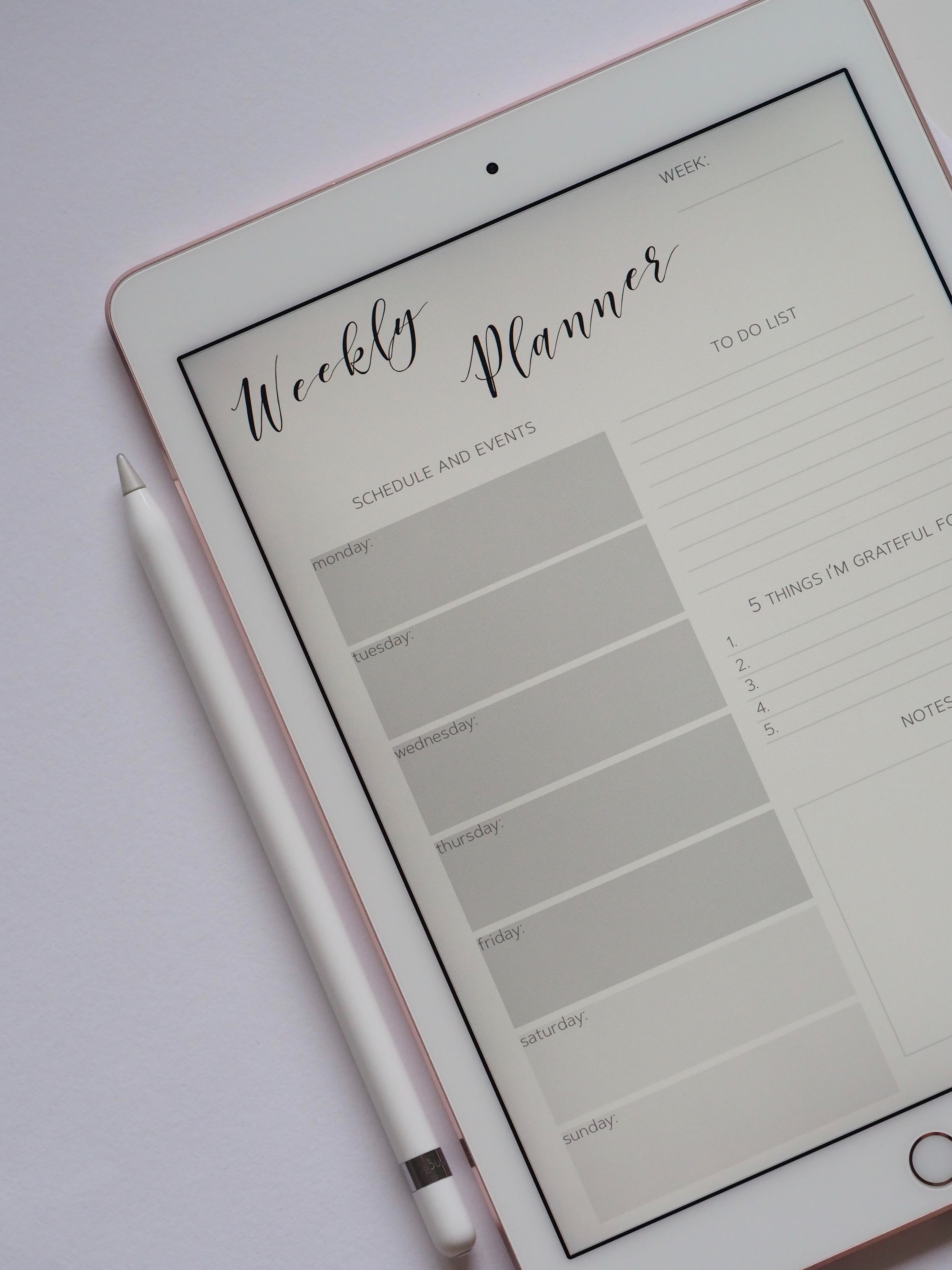Much To-Do:
The Importance of To-Do Lists!

We’ve all had those days. You know- those days. Days where we’re running around in “headless chicken” mode, desperately trying to catch up with our tasks and chores, like an overworked K-Drama heroine- only to discover that we’ve left a few (or worse, a dozen) tasks incomplete. Yeah; those days.
And as funny as it may be to hear about it or see it play out onscreen, it is a very, very different matter when you realise you have a lot of tasks left undone- and multiple looming deadlines (not to mention irate bosses/ teachers/ professors/ parents).
So what can be done to avoid this?


Simple- prep a to-do list!
“Oh come on!” we hear you say. “Been there, done that!” Yes, yes, you may have tried using to-do lists to keep track of your tasks prior to this, but...
- Were you been consistent about it?
- Did you organise it using a method that actually worked for you? And, most importantly;
- Did you plan out your list realistically?
Using to-do lists and using them effectively can make all the difference between being organised versus being overwhelmed.
Here’s how to get started:
Step 1: LIST
Write down the tasks you DO need to complete.
Whether this covers something as simple as buying groceries to rounding up the family pets for a vet visit- make a note of tasks you have pending and when they need to be completed by.
In some cases, for example, larger tasks like cleaning your room, it may be easier to simplify the process. Break down your tasks into smaller steps and schedule them accordingly- dust room, vacuum and mop floors, wash bedsheets, etc. with a fixed time frame for each step.


Step 2: SORT
Sort out your list according to area.
Having one mega-list covering all your tasks for home, work and more may seem convenient at first- but it can get overwhelming VERY quickly, especially if you have a lot to get done.
It may help to organise your tasks into separate lists according to area- for example;
- Home,
- College,
- Work,
- Extracurriculars, etc.
Step 3: PRIORITISE
Prioritise your tasks.
Once you’ve categorised them accordingly, you will then need to sort through your tasks and arrange them in order of priority.
Urgent Tasks, for example, could be labelled Category 5, while minor tasks could be a Category 1. Alternatively, you could also try labelling your tasks from A-F, with A for urgent tasks and F for unimportant. (You coudl also try colour coding your tasks- red for urgent, green for pending, purple for high priority, or whatever works best for you!)
If you find that ALL your tasks are important, review your list and demote tasks which aren’t as urgent, then rewrite your list. This stops you from getting overwhelmed and helps re-focus your priorities!


Step 4: USE, RINSE & REPEAT!
Now that you have a system- keep going!
Now that you’ve established your to-do list, all that’s left to do is work through it- start with high priority tasks and work your way down, marking them “done” as you go!
Alternatively, if you’ve sorted your tasks out according to how long they’ll take, work through the smaller (i.e. less time-consuming ones) first and work your way up!
“By failing to prepare, you are preparing to fail.” ― Benjamin Franklin
As much as it seems like a chore in itself, simply taking at least 10 minutes out of your day to organise and plan out your tasks can make a world of difference.
Now go forth, and enjoy the feeling of being on top of your game with your new-found organisational skills!